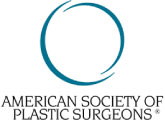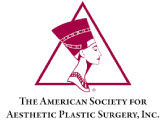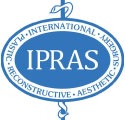Nipple surgery is undertaken to correct problems associated with enlarged, asymmetrical, protruding or inverted nipples in both men and women.

How can it help?
By far the most common reason for nipple surgery is to correct inverted nipples. Inversion is caused by an imbalance in muscle traction. The strength of the outward muscle is weaker than the inward, causing the nipple to remain retracted.
Nipple surgery can improve self-esteem and increase your confidence socially and during intimacy. Nipple correction is quite often combined with other procedures such as breast augmentation, breast lift or breast reduction.

Consultation
The first step when you are considering nipple surgery is a consultation with Dr. Arianayagam. You should frankly discuss your goals and expectations at this consultation.
Dr. Arianayagam will ask you a variety of questions about your current health situation, medications, allergies and any past medical treatments. He will carefully examine your breasts and take measurements. He will then discuss the options available and his recommendations.
If appropriate, he may photograph your breasts to allow for surgical planning.
Ideally, a second consultation is had a week or two later to give you the opportunity to come back with more questions and to confirm your decision.

Procedure
Nipple surgery is usually performed under sedation and local anaesthesia at Coffs Harbour Day Surgery. The procedure takes about one hour and is generally performed as a day procedure. If you are combining nipple surgery with another procedure then the time, location and type of anaesthetic may be different. Make sure you discuss this with Dr Arianayagam.

Recovery
You are likely to experience mild discomfort and swelling after nipple surgery. The discomfort should be easily controlled with pain medication. Allow several weeks for the swelling to completely disappear. Dissolvable stitches are used, so there is no need for removal.
You should be able to return to work and all normal daily activities within two days.
Frequently Asked Questions
Any surgery will leave scars, but an enormous effort is made to make them as inconspicuous as possible, using fine stitches and positioning the incisions so the scars will be difficult to see once they fade.
Your ability to breastfeed post surgery will depend on the specific type and severity of nipple problem. If the nature of the problem requires the milk ducts to be involved, then breastfeeding is unlikely to be possible in the future.
If you are having surgery prior to child bearing we recommend that you discuss these risks with Dr Arianayagam before making any decisions.
As with all surgical procedures, there will always be risks such as post-operative bleeding, allergic reactions, infection, deep vein thrombosis and haematoma.
There are also some risks and complications that are specific to nipple surgery.
Nipple necrosis
If the blood flow to the nipples is impaired during surgery, this can result in necrosis, or nipple death. Symptoms include the loss of sensation and black colouration of the nipple.
Altered nipple sensation
Most women having nipple surgery will experience no change in nipple sensation. However, a small percentage of patients experience permanent reduction or loss of nipple sensation.






